Living room tables may be small in size, but their impact on the look and feel of your living room is anything but minor. These functional yet decorative pieces help tie a space together while providing a convenient surface for your everyday essentials. However, choosing the wrong side table can disrupt your room’s flow and aesthetic. To help you navigate the process, here are eight common mistakes to avoid when selecting living room side tables, along with tips to get it right.
1. Ignoring Lamp Proportions
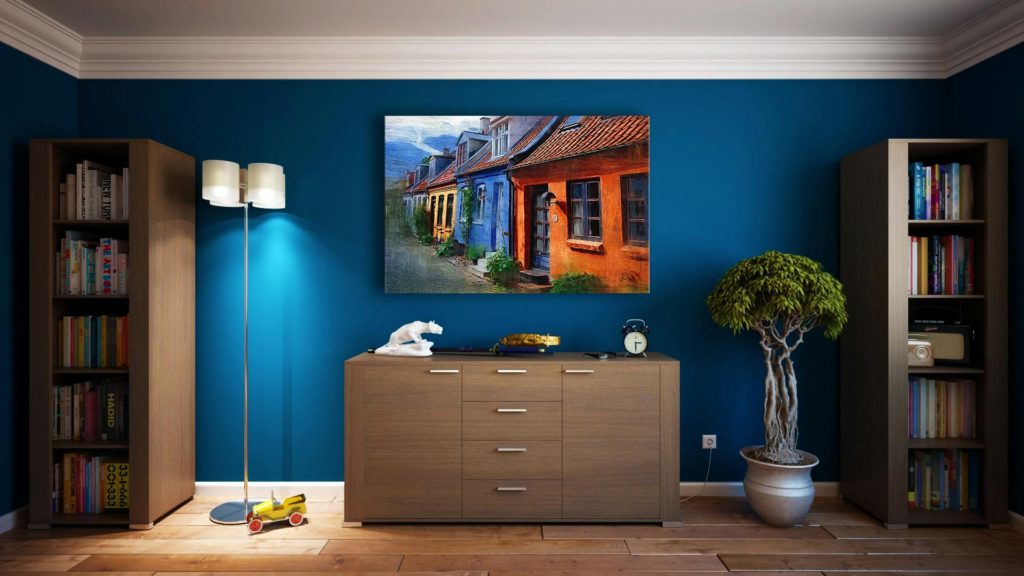
One of the most common mistakes when pairing side tables with lamps is selecting a lampshade that’s larger than the tabletop itself. This mismatch can make your space feel visually unbalanced and cluttered.
To create a cohesive look, choose a lamp with a shade that stays within the boundaries of the table’s surface. Keep the scale proportional so that neither the lamp nor the table overpowers the other. A well-sized lamp enhances both functionality and aesthetic harmony.
2. Overlooking Material Variety
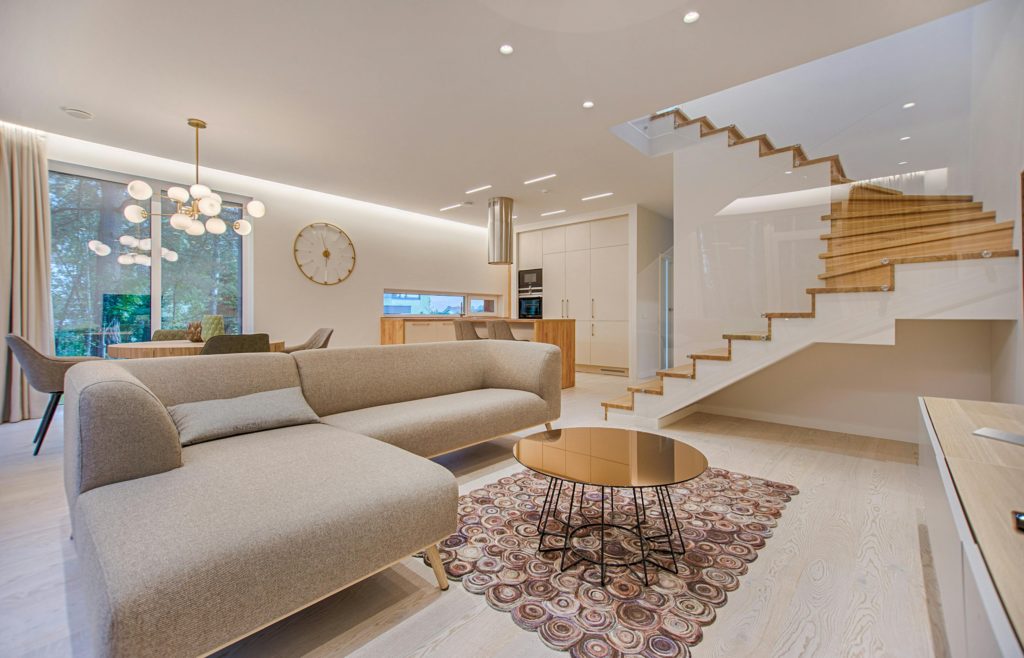
Playing it safe by matching all your furniture materials might feel intuitive, but it can lead to a bland, uninspired room. Your side tables are the perfect opportunity to introduce variety and texture.
If your coffee table is wooden, consider side tables in metal, marble, or even glass. Mixing materials creates depth, contrasts beautifully, and makes your living room more visually dynamic. Don’t be afraid to experiment—unique pairings often yield the best results.
3. Failing to Get the Right Height
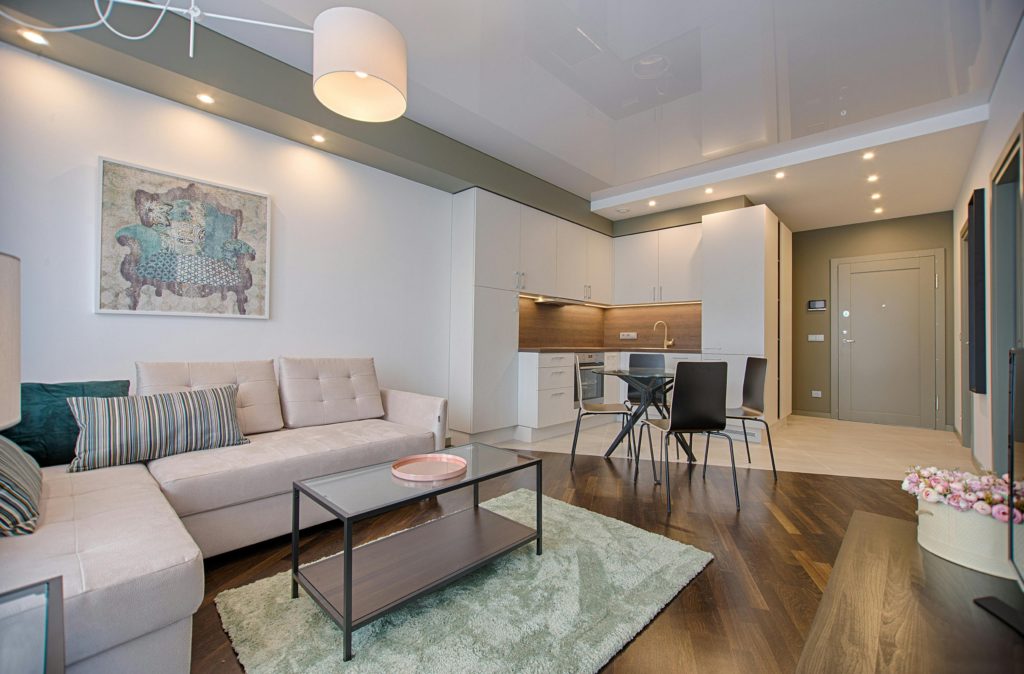
Height is one of the most critical factors when choosing a side table. A table that’s too tall or too short can feel awkward and impractical. Ideally, your side table should be level with the arm of your sofa or chair or just an inch or two lower.
This ensures ease of use when placing a drink or reaching for a book, while also maintaining a sense of balance in the room’s design.
4. Prioritizing Symmetry Over Personality
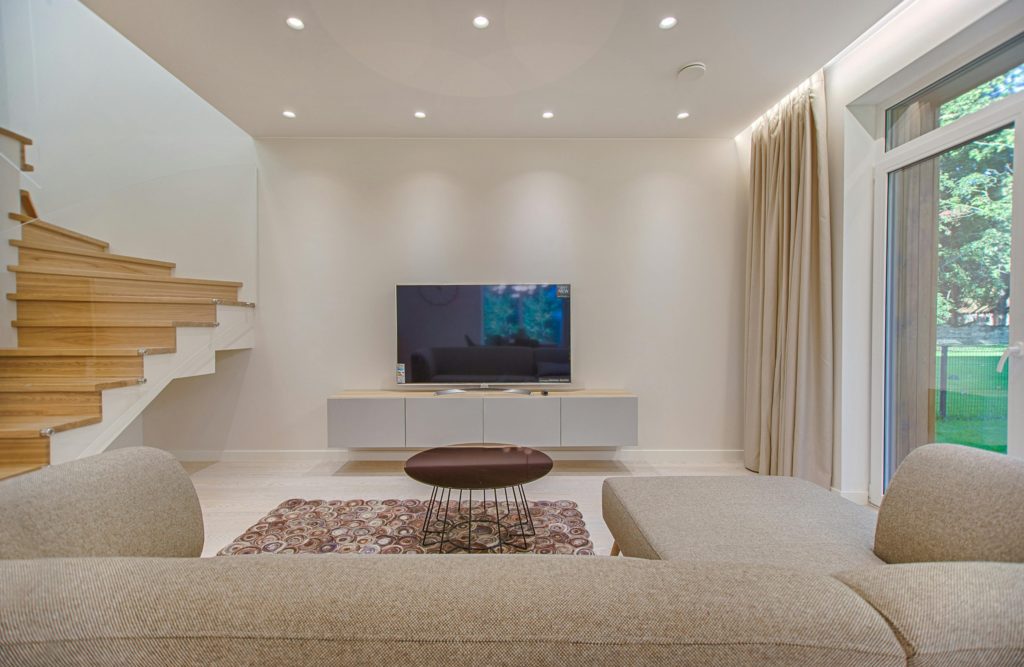
While symmetry can create a polished and formal appearance, it isn’t a necessity. In fact, using two identical side tables can sometimes make a room feel stiff or predictable.
Instead, embrace asymmetry by mixing different designs or styles on either side of your sofa. A sculptural table on one side and a minimalist option on the other can add character and charm. The goal is balance, not perfect duplication.
Read More: How to Clean Your Shower Curtain With Ease
5. Neglecting the Scale of Your Furniture
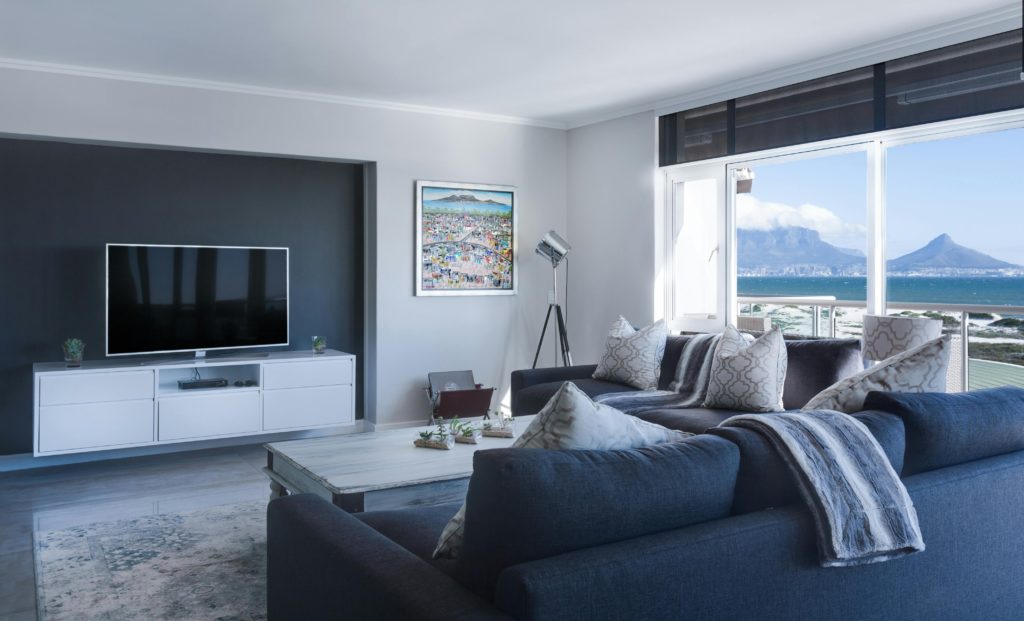
The size of your side table should complement the scale of your seating area. Tables that are too large can overwhelm the space, while those that are too small may look out of place.
Aim for a table that feels proportionate to your sofa and chairs. If your seating is oversized, choose a slightly larger side table; if it’s sleek and low-profile, opt for something more compact.
6. Forgetting About Multi-Functionality
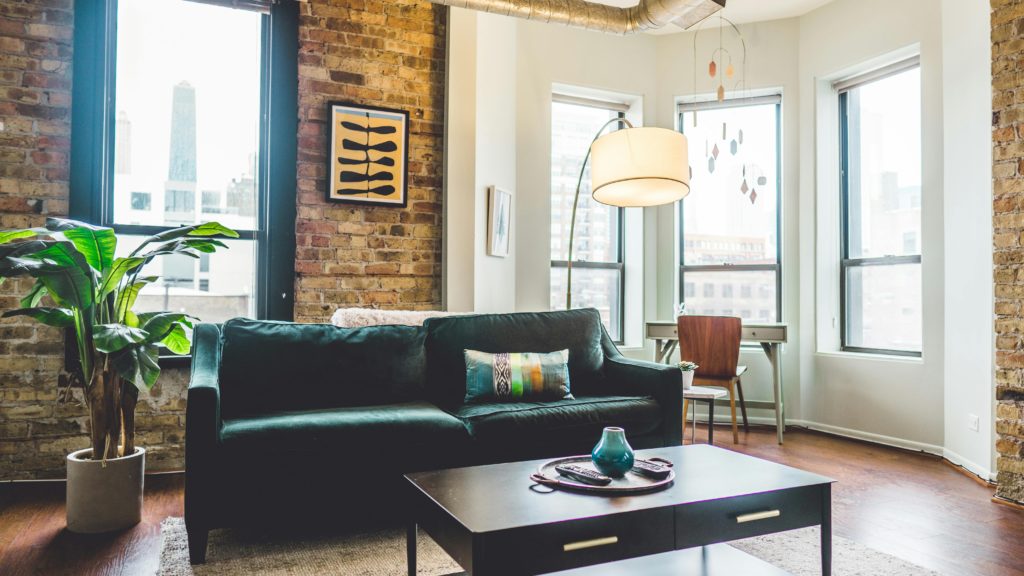
Side tables can do more than just hold lamps and drinks—they can double as storage or seating if chosen wisely. A sturdy stool or a compact cocktail table can offer versatility while saving space.
These options are particularly handy in smaller rooms, as they can serve as an extra seat when needed or a stylish platform for decorative items. Multi-functional side tables maximize utility without compromising on style.
7. Using Oversized Side Tables in Small Spaces
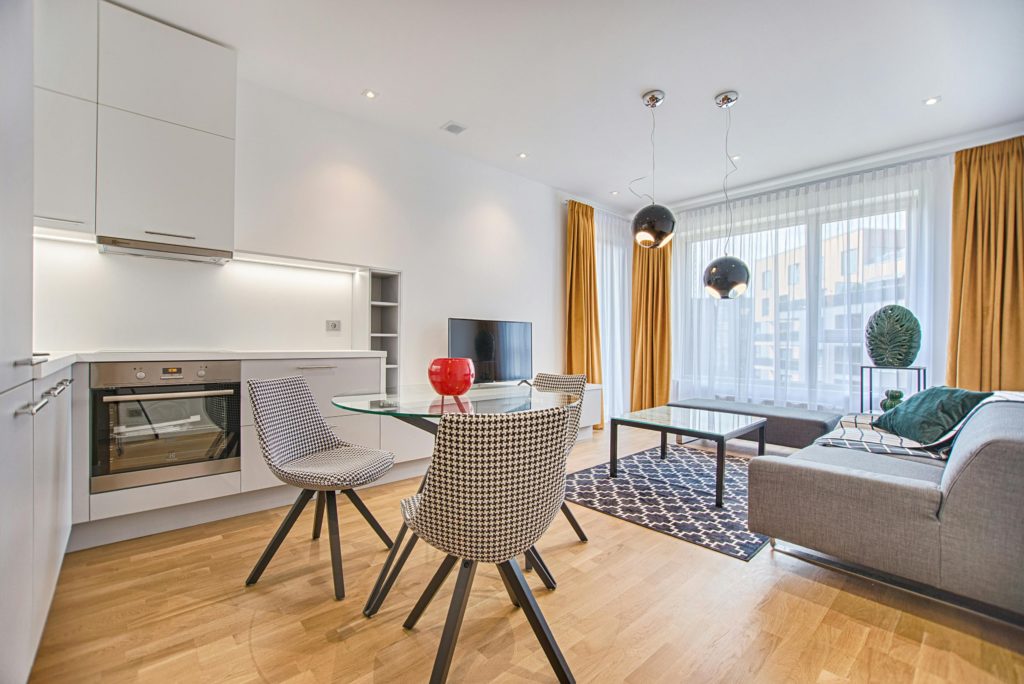
In compact living rooms, large side tables can quickly overwhelm the space and disrupt traffic flow. Always consider the dimensions of your room before selecting a table.
Choose streamlined designs with smaller footprints to keep the space open and airy. Nesting tables or tables with open bases are great options, as they provide functionality without adding bulk.
8. Sticking to One Style for Every Piece
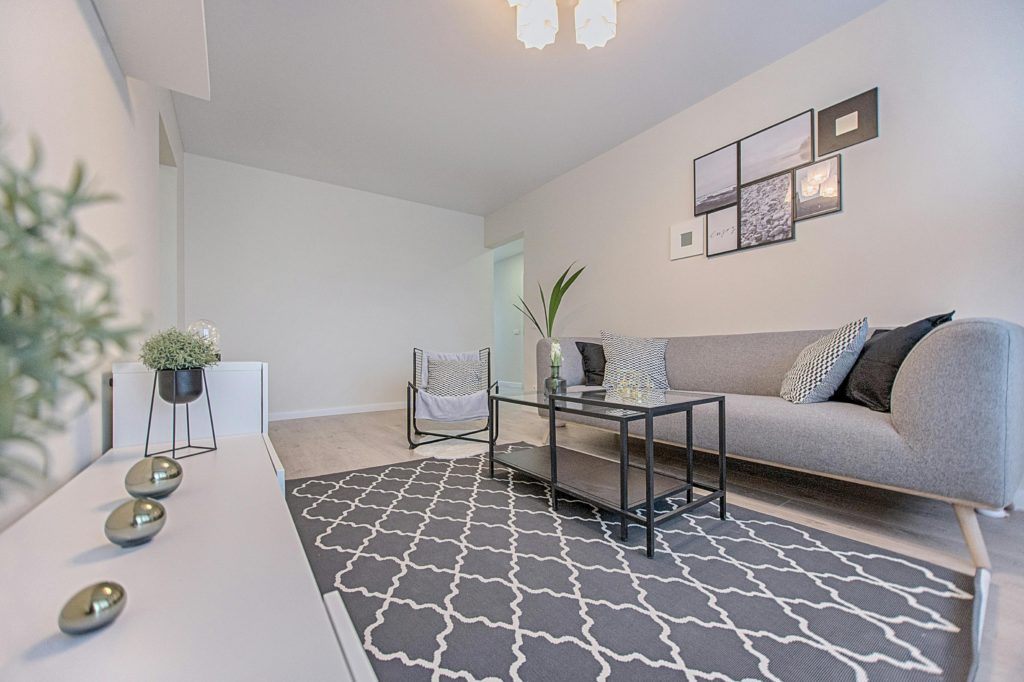
It’s easy to fall into the trap of matching every piece of furniture, but this approach can make your space look monotonous. Side tables are an excellent way to introduce variety without clashing with the rest of the room.
Mix modern tables with vintage-inspired designs or pair rustic wood with sleek metals. The contrast creates an inviting and layered look that feels intentional and thoughtfully curated.
Choosing the perfect side tables is as much about avoiding mistakes as it is about finding the right fit for your living room. By keeping scale, proportion, material, and functionality in mind, you can ensure your side tables enhance both the form and function of your space. Use these tips as a guide to sidestep common pitfalls and create a living room you’ll love.
Read More: How To Unclog Your Showerhead Holes and Increase Water Pressure
This content has, in part, been generated with the aid of an artificial intelligence language model. While we strive for accuracy and quality, please note that the information provided may not be entirely error-free or up-to-date. We recommend independently verifying the content and consulting with professionals for specific advice or information. We do not assume any responsibility or liability for the use or interpretation of this content.

